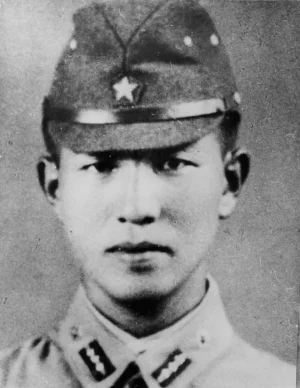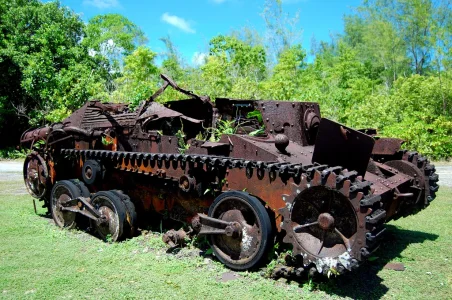-
We are implementing a new rule regarding the posting of social media links and Youtube videos, the rule is simple if you are posting these links please say something about it rather than just dropping what we call a "drive by Link", a comment on your thoughts about the content must be included. Thank you
Photos WW2 Japanese Forces
- Thread starter BravoZulu
- Start date
Similar threads
On this day
Wake Island fell to the Japanese
Politics
Shinzo Abe former Japanese PM Shot
- Discussion
- Discussion





































